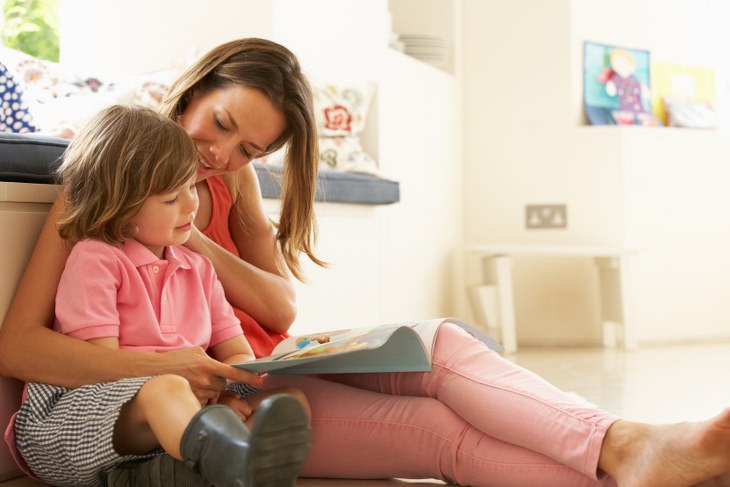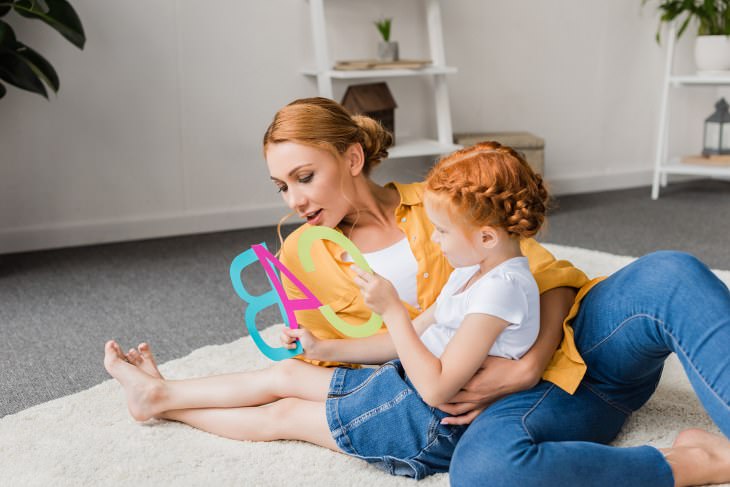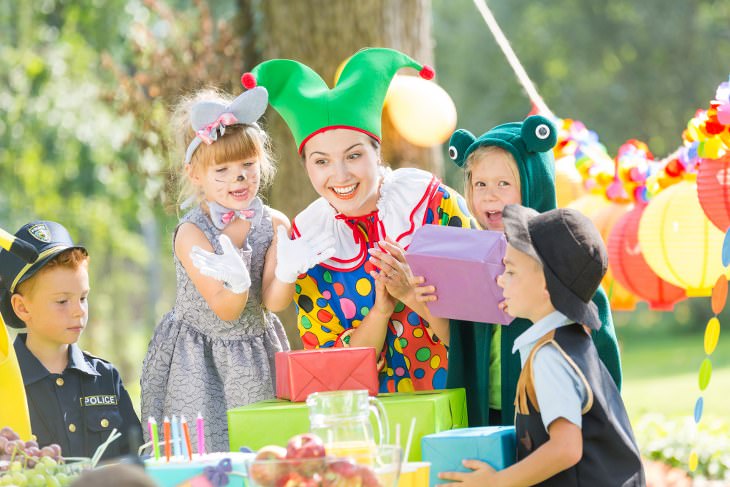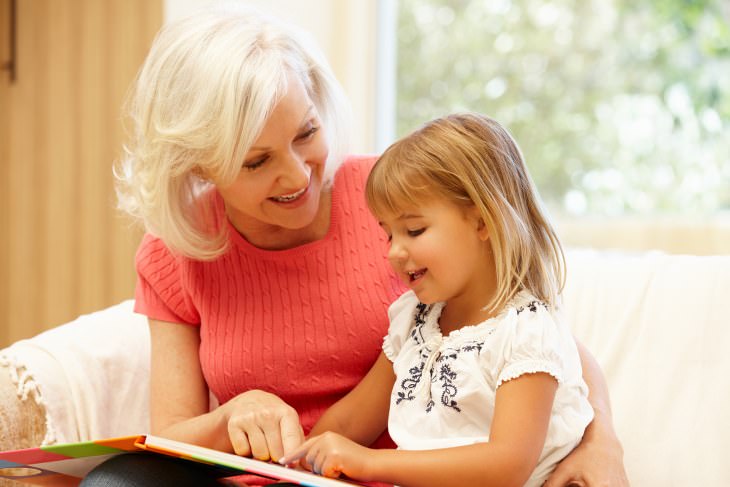

Young children will need ABC books, storybooks, nursery rhymes, and informational books, while kindergartners do better with longer stories or chapter books. To save yourself some cash, look out for bargain books at yard sales or used book stores, or through monthly book clubs.
Letters

It's important to have different types of letters scattered around your home that your child can play with and learn to identify. Ideal materials for young children include ABC puzzles, alphabet blocks, foam letters for the bathtub, ABC cookie cutters, magnetic fridge letters, letter stickers and letter stamps.
Writing Materials
For very young children, make sure you purchase paint brushes, thick markers, crayons and, pencils, as well as large sheets of paper since these materials are easily used by hands with muscles that are still developing. Kindergartners should be able to use regular-sized paper and writing tools. Keeping visual aids handy will also help young writers out if they ever get into difficulty when trying to remember letter formations.
Reading and Writing Materials for Adults
If children constantly see adults reading and writing throughout the day, then they'll be more likely to become writers and readers themselves, as they'll start to believe that reading and writing serve valuable everyday purposes.

It might not seem obvious, but pretend play, such as dressing up or playing house, actually contributes to the development of literacy skills. You can easily make props out of common everyday items, such as cereal boxes, wooden spoons, old pots, clothes, cheap jewelry, and so on.
CDs and Digital Audio Files
Children's music and audiobooks are a great way to add another dimension to your child's developing literacy skills. Most good libraries will have loads of things for you to borrow, and you'll also be able to find a wealth of content online too.
Videos
Showing your kids videos can help to teach them basic concepts and essential information, and are a way to expose them to quality children's literature. Very young children are better suited to concept videos, such as ABCs or rhymes, while children who are slightly older will enjoy watching videos of books that they've read.

There are a number of things that you can do to make your home as literacy-friendly as possible, and here are a few good examples:
• Set up an easily-accessible child's bookshelf that kids will be able to use without asking for permission.
• Set up a writing area for your child. Having a whole area dedicated to writing will help your child realize just how important writing actually is.
• Talk about things that interest your child. Ask genuine questions and make sure you actually listen to what they have to say. Also, ask questions that'll make them think 'how?' and 'why?' and not just 'what?'
• Introduce new words when you speak to your child. You should also encourage them to ask every time they don't understand what a certain word means.
• Establish a daily read-aloud routine. Try and make it happen at the same time each day in a comfortable place so that your kids will have something to look forward to.
• Point to important words when reading aloud. By doing this, you'll help your child establish a connection between spoken and written words.
• Listen to your child 'read.' Many young kids can actually read some easy books by relying on their memory of the story and the pictures in the book, so you should encourage them to do this often if they show an interest.
• Incorporate literacy into outings. Visit your local library or bookstore to help find new read-aloud ideas for your child to enjoy.
If you found this article useful, then don't forget to share it with anyone who has any young kids or grandchildren.
Source